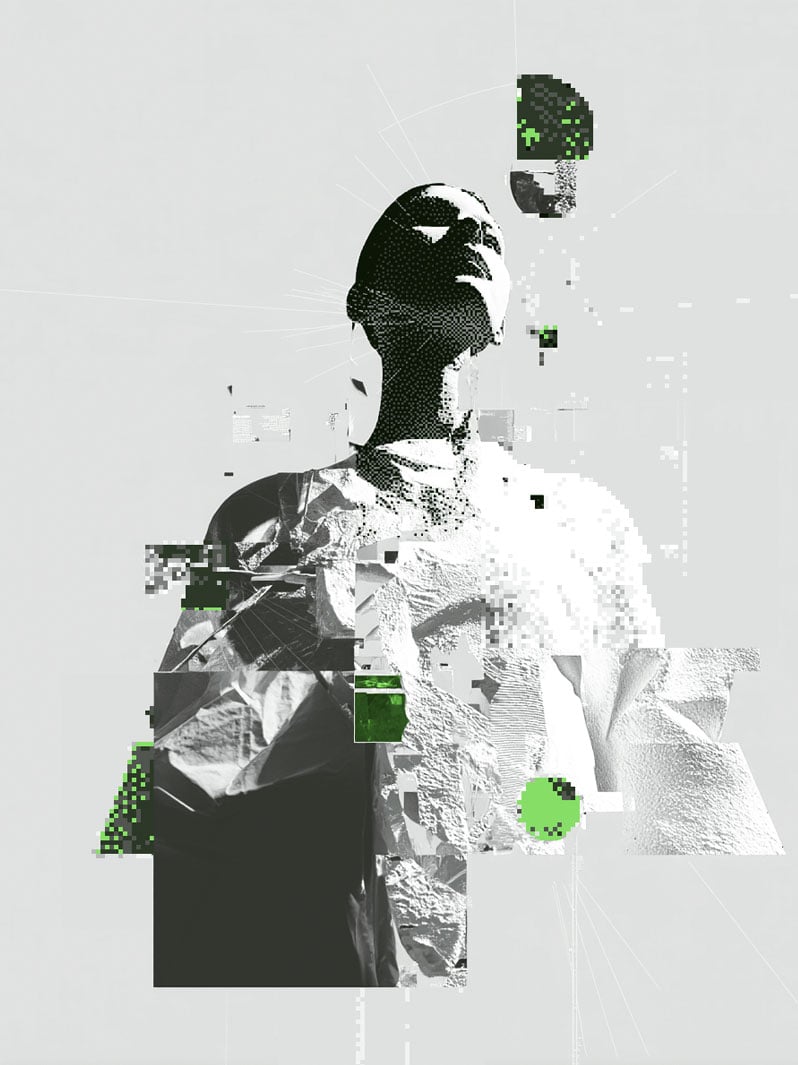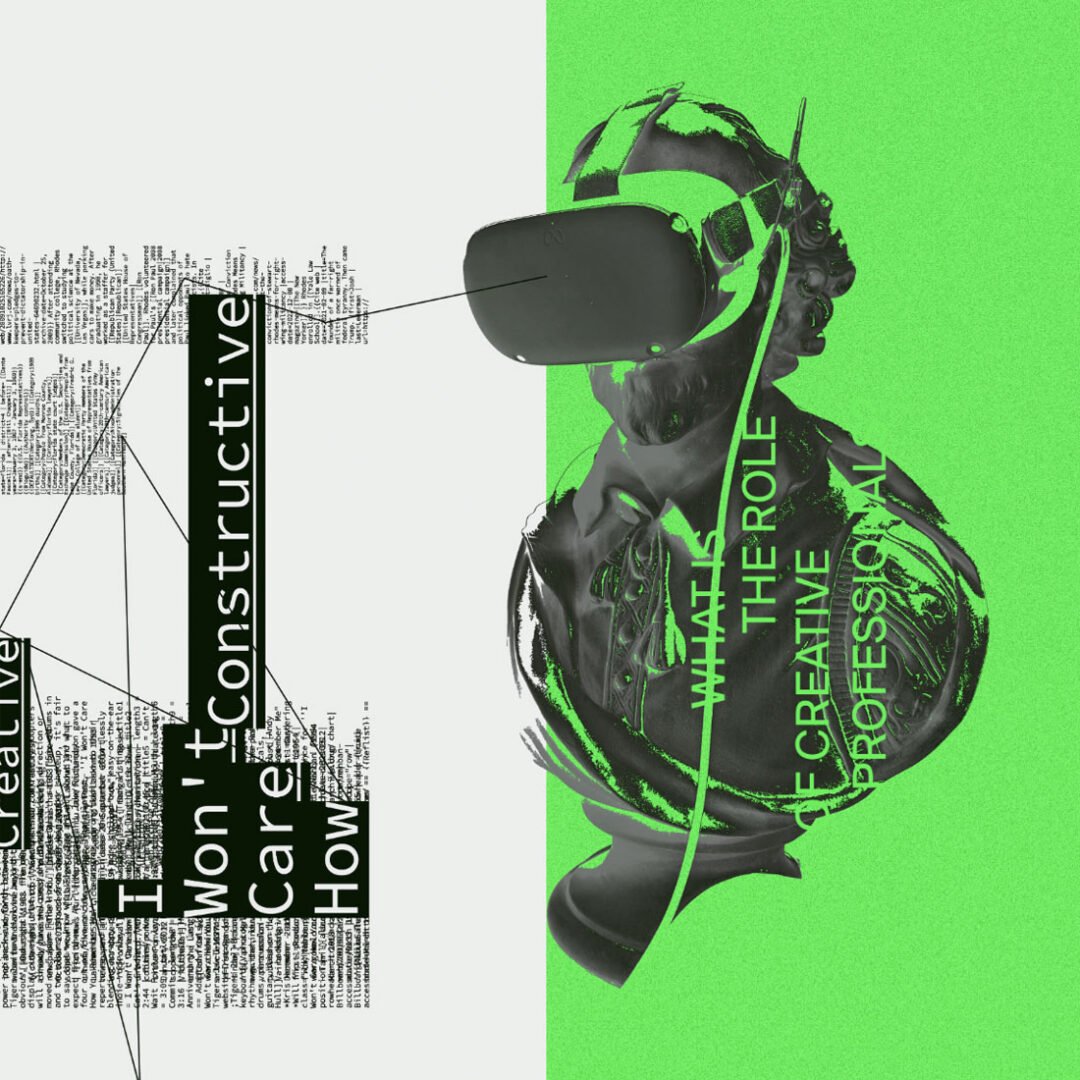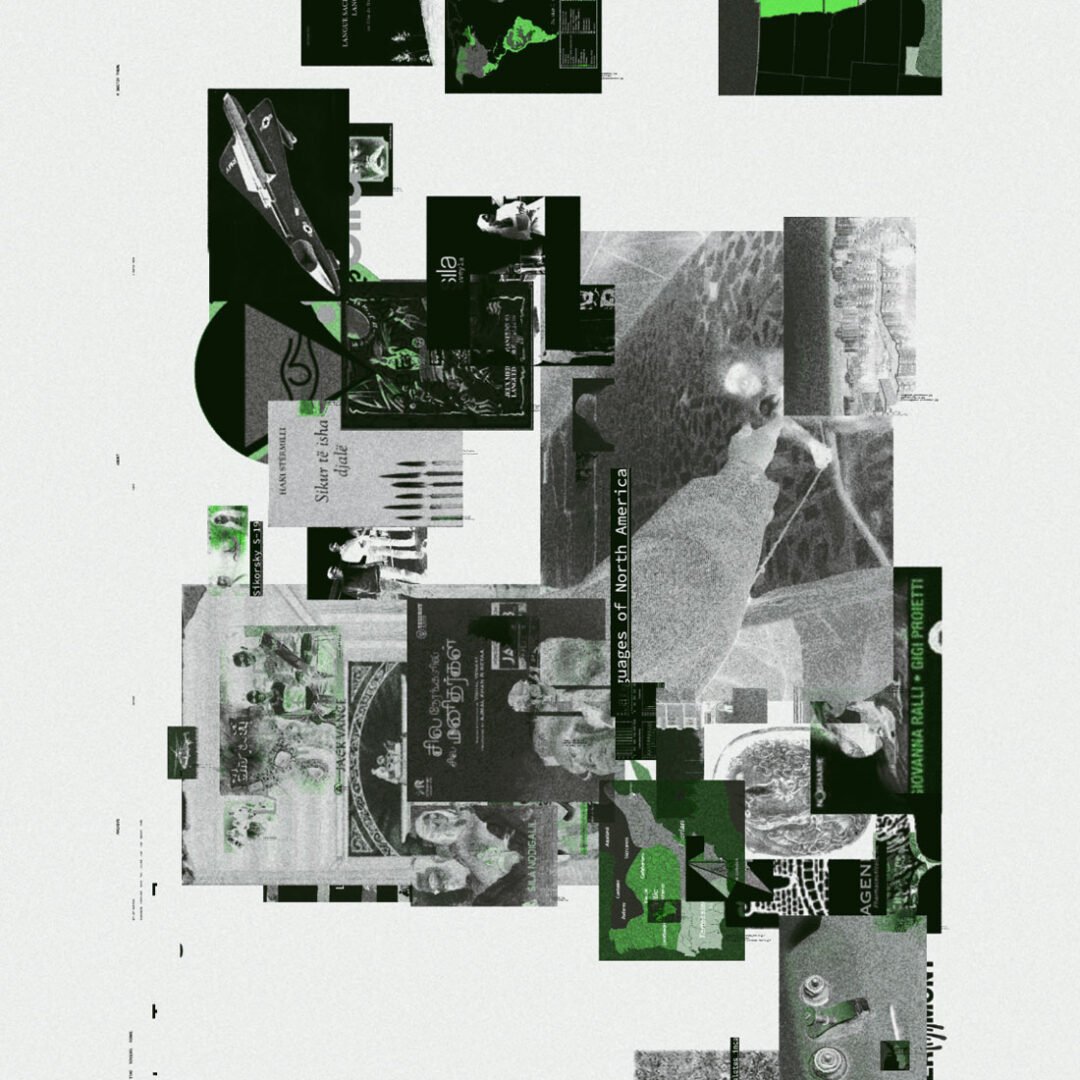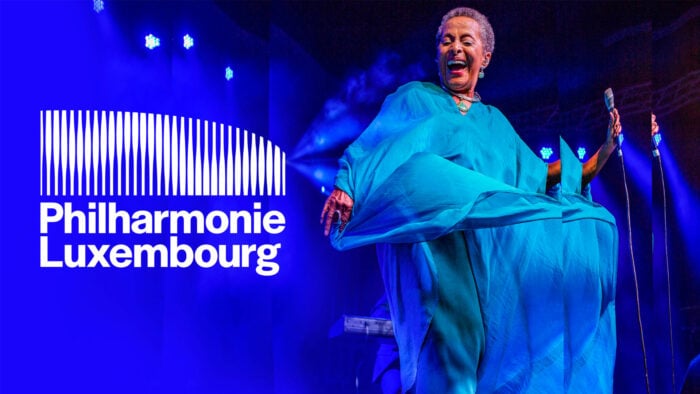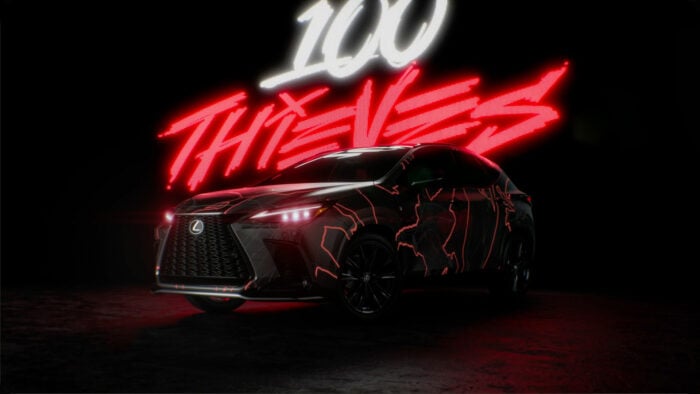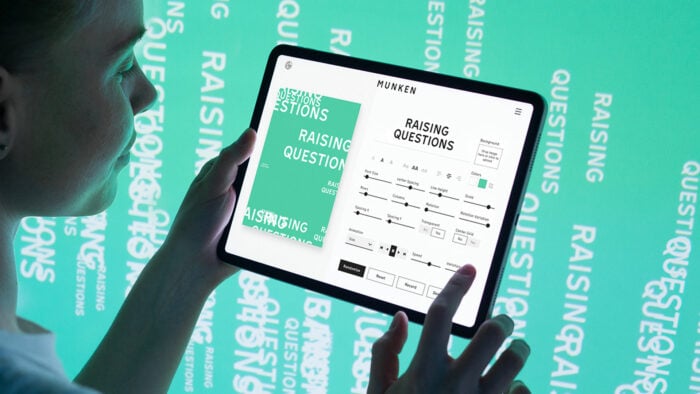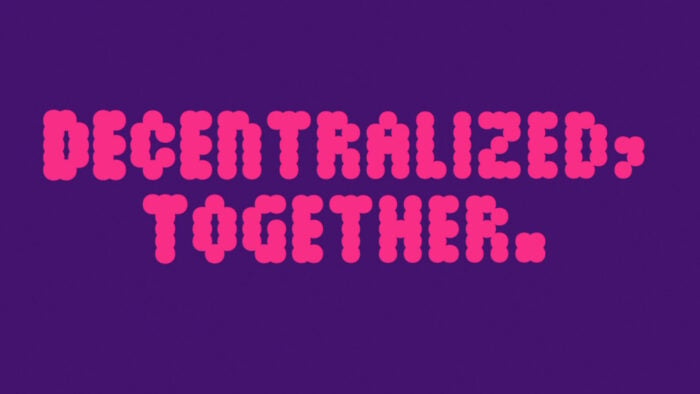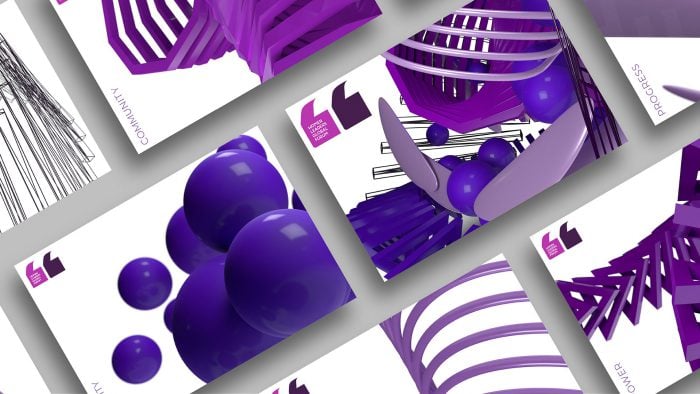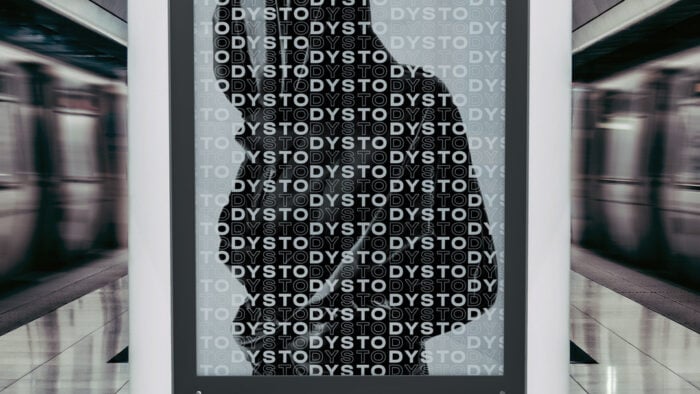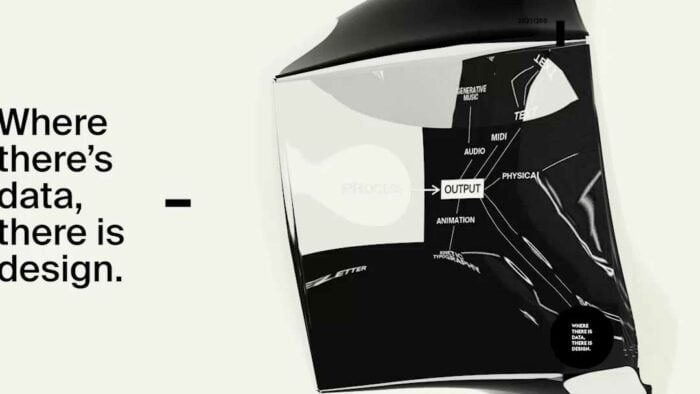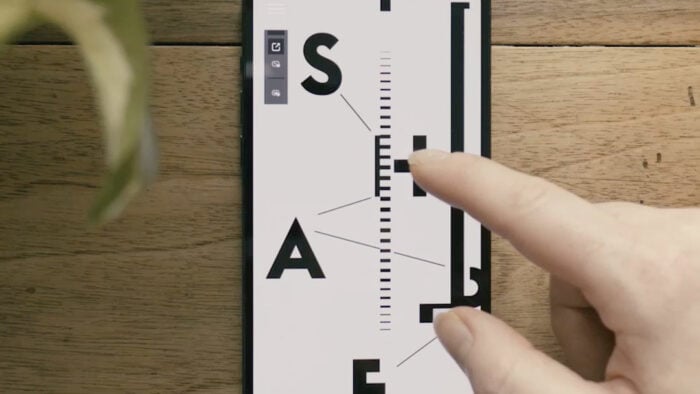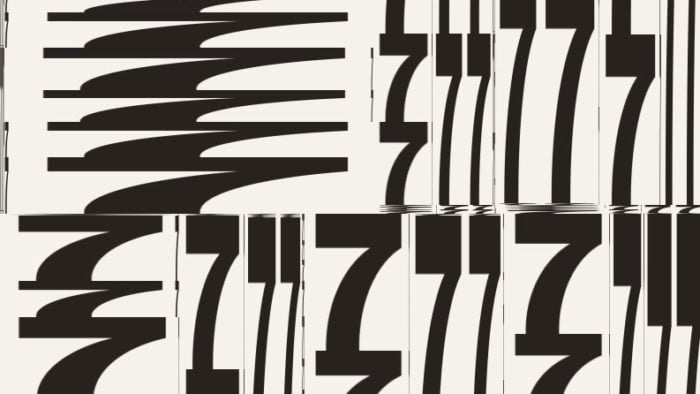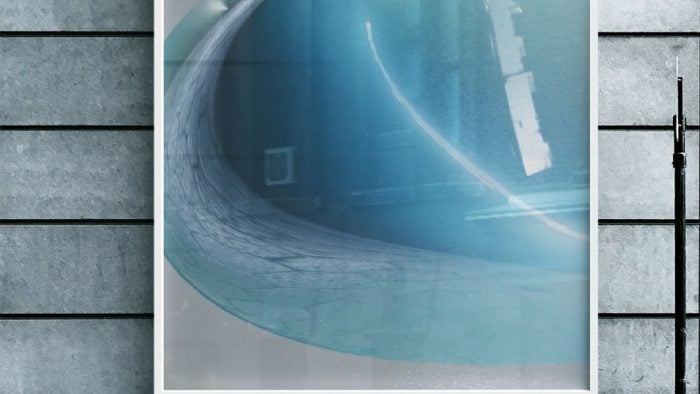What are Future Aesthetics?
Data-Design Dictionary
A dictionary to illuminate data-driven generative design and creative coding.
Future Aesthetics are dedicated to the exploration of how issues of the present and future can be expressed and negotiated through design. They intersect with various disciplines and are deeply influenced by emerging technologies, cultural shifts, and evolving design languages. Future aesthetics often encompass visions of tomorrow, speculative designs, and novel artistic interpretations driven by technological advancements. Thus, the pursue the potential of making the invisible nature of technology visible to elevate our relationship with it to a new level of understanding.
In the context of generative design, Future Aesthetics are understood as a design discipline that reflects on data, technology, storytelling, programming, and the future.
Hover over elements to learn more. Click-and-drag elements to move them around.
“We believe that the winners of the future are those who through design language and form re-forge a meaningful, positive relationship between humans and technology. For in the everyday, it is the physical manifestations of digital ideas that shape our relationship to technology – and ultimately, to our future.”[1]
Future Aesthetics are dedicated to the question of how themes from the present and future can be expressed and negotiated through design. It provides the means to make the invisible of technology visible and thus elevate our relationship with it to a new level of understanding. The need for such a discipline is growing, especially in the context of technological innovation. In today’s design environment, for example, if you look for motifs that attempt to depict Artificial Intelligence (AI), you will mainly find depictions of human-like robots pointing their hands at a screen or otherwise interacting with objects in the real world. Of course, this has nothing to do with the reality or functionality of AI and, for lack of better ideas or more suitable forms of expression, makes use of clichéd metaphors. Generative design, employing Future Aesthetics, can create profound metaphors through the combination of data, simulation, interaction, program and design.
In essence, Future Aesthetics are a multifaceted domain that intertwines various elements to paint a comprehensive picture of what the future might look like through the lens of art and design. This sphere encompasses a multitude of areas and interrelationships with other topics:
- Speculative Design: It involves speculative design, a design practice that imagines future scenarios. This allows artists and designers to envision and craft hypothetical futures that might emerge from our current trajectories.
- Emerging Technologies: Future aesthetics are driven by emerging technologies. As new technologies come to light, they offer a canvas on which designers and artists paint their vision of the future.
- Cultural Shifts: The realm of future aesthetics is influenced by cultural shifts. These changes in societal values, behaviors, and norms guide and shape the way artists and designers view the forthcoming eras.
- Virtual & Augmented Reality: One of the avenues that future aesthetics explores is the realm of virtual and augmented reality. These technologies, which overlay or replace the real world, offer a new dimension for artistic expression.
- Design Language: The concepts of future aesthetics are expressed by a specific design language. This design language manifests as physical representations of digital ideas, playing a crucial role in shaping our relationship with technology.
- Digital Art and Design: Expressed in the forms of digital art and design, future aesthetics bring forth creations that are birthed and presented using digital technology while simultaneously reflecting on them.
- Sustainability: Valuing the planet and its resources, future aesthetics emphasizes designs and practices that concentrate on environmental health.
- Biomimicry: The field incorporates elements of biomimicry, where design draws inspiration from nature and its intricate processes.
- Post-digital: Future aesthetics actively engage with the post-digital world. It’s a critical response to the digital age’s ubiquity, capturing the essence of our relationship with technology as it becomes an ever-present force in our lives.
- Material Innovation: Exploring the novel and the unique, future aesthetics examines and creates material innovation, be it through introducing new materials or inventive ways of utilizing existing ones.
